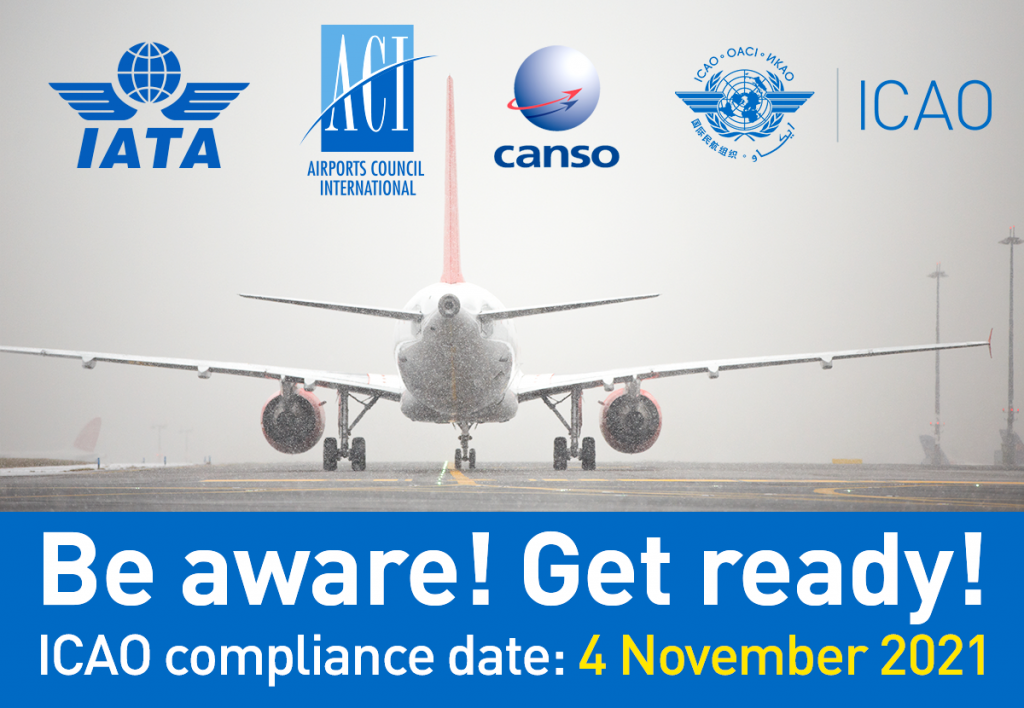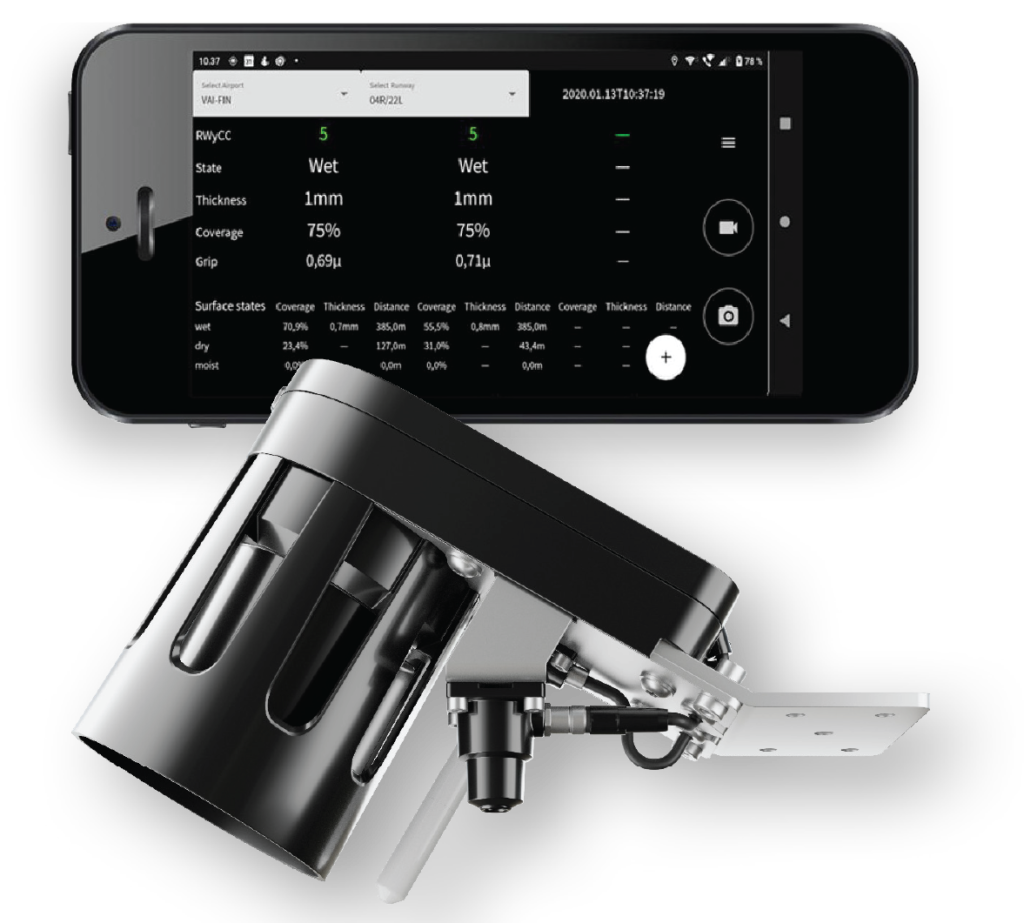Runway safety is the aviation industry’s No. 1 risk category. With a recent study from Airbus revealing that runway overruns and excursions accounted for 36% of hull losses and 16% of fatal accidents between 1999 and 2019, airports of all sizes need to be able to prepare for, respond to and ultimately mitigate the impact of hazardous runway conditions.
Understanding that runway safety is critical, International Civil Aviation Organization (ICAO)’s new methodology for assessing and reporting runway surface conditions, commonly known as the Global Reporting Format (GRF), will soon require airports to report conditions and contaminants on each third of the runway. GRF is the result of the work of the ICAO Friction Task-Force, which was established in 2008, with the objective of developing a globally harmonized methodology of assessing and reporting runway surface conditions. The work was supported by various panels and expert groups including FAA TALPA.
![]() What is the GRF?
What is the GRF?
Under the new ICAO GRF regulations, airport personnel now have to assess and report the condition of the runway, convey that information in the correct format and report any significant changes without delay in order to enhance runway safety.
Comprising an evaluation of a runway by human observation, ICAO’s GRF enables trained runway inspectors to use a runway condition matrix to assign a runway condition code to each of the three runway zones. These runway condition codes are complemented by descriptions of the surface contaminant based on its type, depth, and coverage to generate a runway condition report.
By creating standardized assessment methods and runway condition reports, which have two sections: aircraft performance calculation and situational awareness, the GRF empowers airport decision-makers to help minimize one of the most serious threats to aviation safety.
Pilots use this information to determine their aircraft’s performance by correlating the runway condition code and contaminants with aircraft manufacturer performance data, which helps pilots carry out landing take-off performance calculations for wet or contaminated runways. The GRF also enables pilots to report their own observations of runway conditions in the form of observed braking action, thereby confirming the code or alerting airport operations staff to changing conditions.
Augmenting Human Inspector Assessments with Advanced Sensor Technology to Improve Operations
While these human assessments form the baseline for the measurements that help decision-makers determine whether it is safe for a plane to land or take off, observations made by different human inspectors to support the runway assessment can be inconsistent, making them not only difficult to compare to one another, but also less representative of the actual surface state.
Once the GRF baseline is established for runway safety, after the new regulation goes into effect, airports can start supplementing human observations with advanced sensor technology to better monitor, evaluate and report runway conditions in real-time. Combining human assessment with accurate meteorological data and consistent runway condition measurements could help to significantly improve operational efficiency.
Modern sensor technology is capable of accurately collecting and transmitting data on a runway’s surface state and temperature so that decision-makers have a more representative, objective, consistent and precise picture of the conditions impacting runway maintenance operations.
Mobile vehicle sensors, supported by fixed runway sensors can be used to assess the runway conditions. If the fixed location data reveals a significant change, a more detailed runway condition assessment with a mobile sensor is triggered. The fleet vehicle with the mobile sensor can then drive the runway to collect detailed condition data across the entire runway length.
With sensor technologies at their disposal, different inspectors can assess and report on runway conditions in a consistent manner, empowering them to reach the same conclusions regarding the same conditions. Plus, sensors free up airport personnel to focus on other condition factors, such as foreign object damage risks and accelerate the normal GRF workflow, which further increases efficiency. By deploying sensor technology combined with an integration platform for consolidating data, reporting and alerts, airports can convey accurate, real-time runway condition information to pilots in consistent, and easily understandable, terms (the ICAO GRF-required text-based format) so that they can decide whether taking off or landing will be safe.
With accurate real-time information, airports can also have a better understanding of when and where runway maintenance is necessary, which equipment and materials are required, and whether runways need to be either closed temporarily or flights need to be cancelled altogether.
From a better understanding of runway conditions and fewer runway excursions to an objective method of reporting runway surface conditions to pilots, complying with the new ICAO GRF by leveraging end-to-end sensor solutions offers the aviation industry myriad benefits. Beginning 4 November 2021, airports will need to adopt the methodology’s shared language as soon as possible or risk being out of compliance. Vaisala’s fixed and mobile sensor technologies for airports can be implemented to support human assessments and empower airport decision-makers to better know their runways and meet the ICAO’s GRF requirements more efficiently in the future.
Mauri Vapola is a Solutions Manager at Vaisala, with extensive experience in engineering, meteorology, and aviation. Today, he leads Vaisala’s runway condition reporting initiatives and is an expert on GRF and related matters.
Vaisala is a global leader in weather, environmental, and industrial measurements that is headquartered in Vantaa, Finland. With more than 80 years of experience, Vaisala offers a comprehensive range of innovative observation and measurement products and services to customers around the world.




